According to Booking.com's "Taste of Home" 2025 Resort Trends Report, cuisine is now playing a central role in shaping the experience at resort accommodation types, with 84% of Vietnamese travelers choosing a destination based on local cuisine.
Holiday homes such as beach houses, apartments, guesthouses or homestays are becoming a popular choice for culinary exploration . They offer privacy, flexibility and comfort for visitors to eat, cook and entertain family, friends and relatives in a cozy, local atmosphere. Vietnamese tourists especially love the privacy, flexibility and intimate atmosphere that these types of accommodation offer - where they can enjoy meals at their own pace, relax with loved ones and create memorable culinary memories.
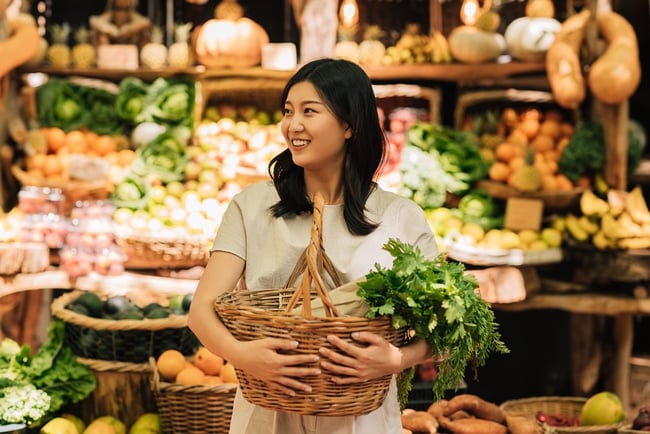
Travel trends to explore Vietnamese cuisine
The diversity of culinary preferences is shaping the way travelers explore the world, and resorts are becoming the top choice for culinary-centric journeys. For Vietnamese people, cuisine plays a core role in every trip, from choosing a destination to choosing a place to stay.
According to the data in the report, 84% of Vietnamese tourists often choose destinations based on local cuisine, and 48% shared that the passion for exploring regional specialties is the main driving force behind their travel decisions. Factors that make Vietnamese people prioritize resort accommodation include: private, comfortable space to enjoy meals (38%); freedom to eat and drink without time restrictions (36%); the opportunity to cook and share meals with relatives and friends (35%).
When traveling, Vietnamese tourists' eating habits have also changed significantly: 80% often visit local markets, 33% cook specialties, 38% try new kitchen equipment, and 28% experiment with new recipes. These habits show that travel is now a way to "touch" culinary culture in an authentic way.
Four prominent trends in culinary tourism at resort accommodation types
There are four emerging trends shaping the culinary travel experience across all types of accommodations. From who takes on the role of “head chef” on vacation, to how travelers shop, eat, and express themselves through their food preferences and habits, these trends offer a fresh perspective on the growing demand for this type of accommodation.
First is the "New Head Chef" trend that is taking over as the younger generation, especially Gen Z, are gradually becoming "head chefs" on their travels. According to the report, 24% of Vietnamese tourists cook to entertain friends and relatives, and the traditional image of "mother cooking" is gradually being replaced by the younger generation through a combination of familiar family flavors and new creativity.
The second is the appearance of "typical types of people" in the kitchen at resort accommodation (Holiday Kitchen Personas), expressing different personalities through kitchen activities.
Traditionalists always seek familiarity, like to cook family dishes and dishes that bring them a sense of comfort. Experimentalists are often eager to try new recipes and cooking methods. Minimalists prioritize comfort, are not fussy, often choose to cook simpler, quicker dishes when staying in resort accommodation. Sociable people always bring a cheerful atmosphere, stand out with their ingenuity and personal style in the kitchen, often like to cook with or cook for everyone.
All these “character types” show that the kitchen at the resort accommodation type is not just a place for cooking but has become a “stage” for flavor, creativity and connection.
Third, the “Trolley Tourism” trend is shaping the way Vietnamese tourists explore their destinations. Instead of buying souvenirs, 80% of tourists said they prefer to visit supermarkets or local markets when traveling, to buy fresh ingredients and at the same time support local businesses. Not only does this behavior result in delicious meals, it also shows smart spending and helps tourists connect more deeply with local culinary life.
Finally, the “Portable Pantry” trend shows that travelers often bring familiar items to create a sense of comfort on their journey. Up to 91% of Vietnamese travelers said they often bring their favorite items or foods such as snacks (43%), instant noodles (35%), dipping sauces or seasonings (32%), or even mini BBQ tools (28%). These items help them create a kitchen space that is both personal and connected to the local experience.
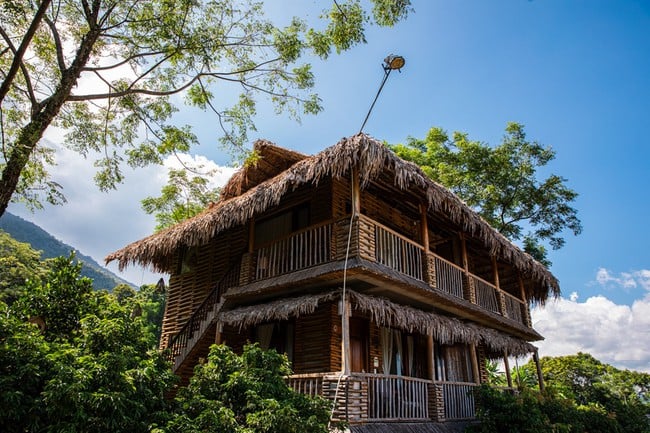
Vietnamese travelers tend to choose accommodations that allow them to cook, dine, and connect with family and loved ones. The most popular types of accommodations when traveling for food include beach houses (36%), country houses (25%), apartments or townhouses (25%), and guest houses or homestays (23%).
Resort accommodation is also an ideal choice for both relaxing holidays and special occasions, providing flexibility for visitors to cook delicious meals, organize family parties, or combine cooking and exploring local cuisine. The main purpose of choosing this type of accommodation is mainly to serve family vacations, from relaxing holidays, health care, birthday or anniversary celebrations, to trips with friends.
In Vietnam, cuisine is not only a source of cultural pride but also a bond between family and friends. Meals are moments of bonding, sharing and expressing cultural identity, which is also the reason why Vietnamese people increasingly look for accommodation that allows them to cook, gather and fully enjoy the travel experience together. Resort accommodation perfectly meets this need, providing tourists with the freedom to explore local flavors, experiment with cooking, and strengthen their bonds through shared meals. For many Vietnamese tourists, cuisine is no longer just a part of the journey but has become a decisive factor in deciding where they will go and how they will experience their trip.
"At Booking.com, we understand what makes a staycation an easy and memorable choice. Our report highlights the importance of food in Vietnamese travel choices and shows how alternative accommodation options can give travelers a chance to experience life like a local, while still maintaining the comfort of home. For Booking.com's accommodation partners, this data opens up opportunities to elevate local cuisine and create tailored dining and accommodation experiences for travelers. With over 8.4 million types of staycations out of 31 million properties globally, Booking.com's mission is to provide the widest choice of suitable places to stay, thereby making it easier for people to explore the world," said Mr. Branavan Aruljothi, Country Manager for Vietnam at Booking.com.
Source: https://bvhttdl.gov.vn/xu-huong-nghi-duong-taste-of-home-tai-viet-nam-kham-pha-tam-anh-huong-cua-am-thuc-den-cac-loai-hinh-luu-tru-nghi-duong-20251120122537038.htm


















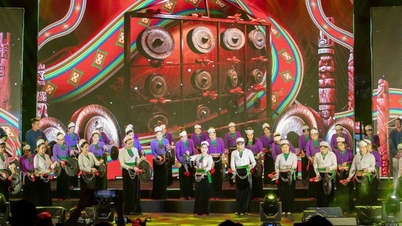



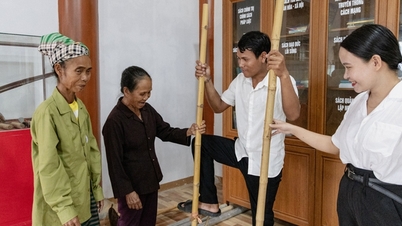


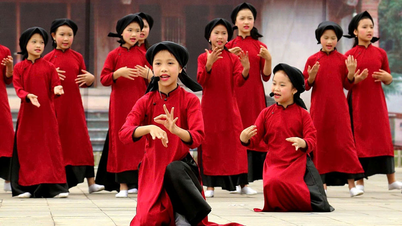









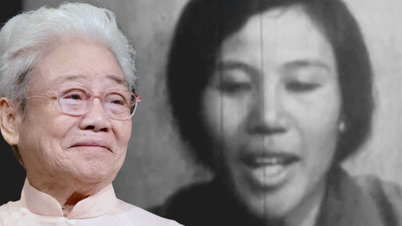


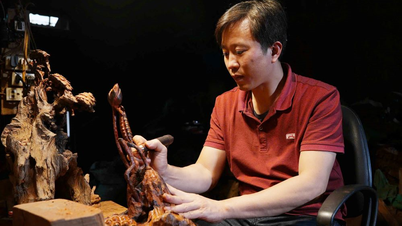






























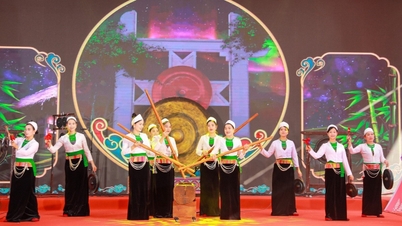

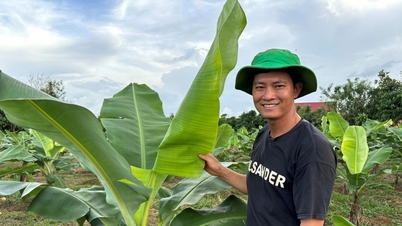
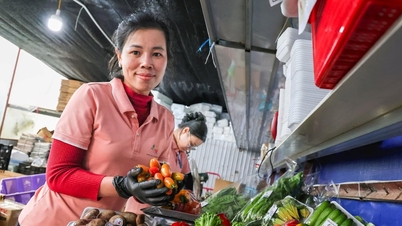

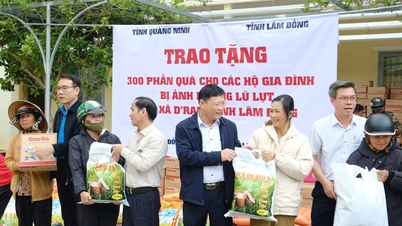
















Comment (0)